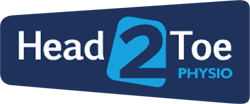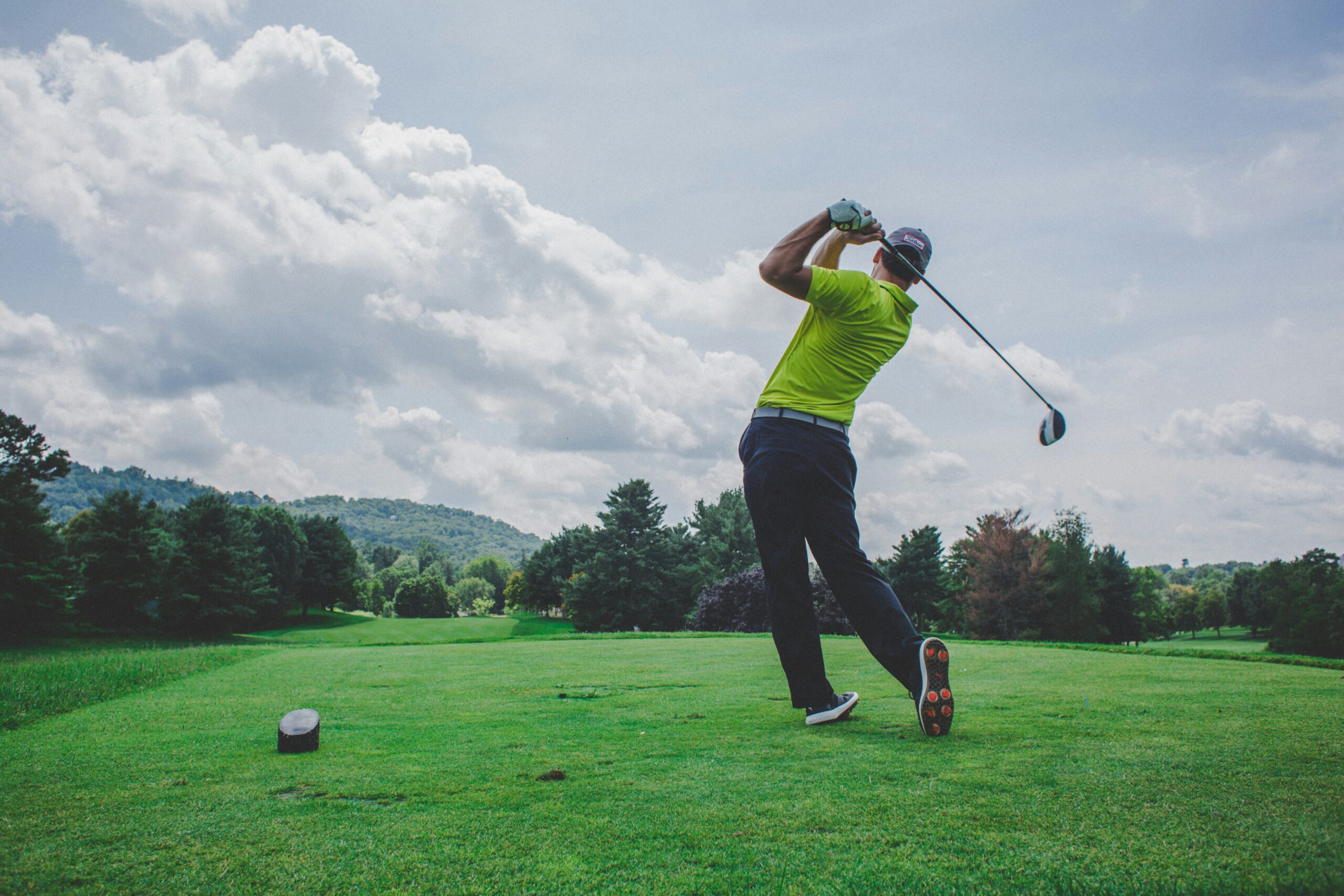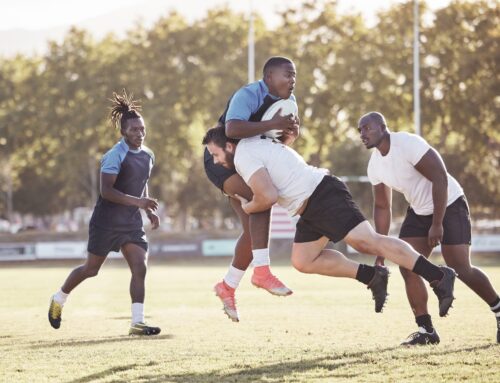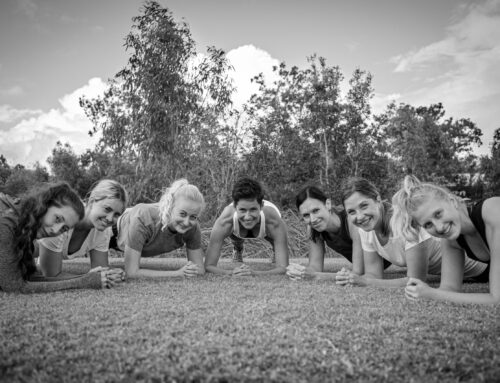Golfers Elbow: Understanding, Diagnosing, and Treating This Common Condition
As the weather begins to improve and with The Masters starting, many of us—including myself—will be eager to dust off our golf clubs, step into the sunshine, and enjoy a round of 18. The longer days and better conditions make it the perfect time to hit the fairways.
With this seasonal increase in golf, and given that Head2Toe Physio is conveniently located among some of the finest courses in the area, it’s no surprise that our physiotherapists will be treating a fair share of “golfer’s elbow” cases in the coming months. However, it’s important to remember that golf isn’t the only culprit behind this condition. The repetitive strain of everyday activities—such as painting a ceiling, using hand tools, or even excessive typing—can also lead to golfer’s elbow. Regardless of the cause, early intervention and proper treatment can make all the difference in recovery.
What is Golfer’s Elbow?
Golfer’s elbow, or medial epicondylitis, is a painful condition that results from inflammation and strain on the tendons located on the inner side of the elbow. These tendons attach to the bony prominence on the inside of the joint and play a crucial role in controlling the flexion movements of the wrist and fingers.
Although commonly linked to golf, this condition can affect anyone who engages in repetitive/the overuse of wrist and forearm motions. Without proper treatment, the pain can become persistent, impacting daily tasks and physical activities. Early intervention, including rest, stretching, and targeted physiotherapy, can help manage symptoms and promote recovery.
Who Gets Golfer’s Elbow?
Golfer’s elbow is not limited to golfers. It’s a condition that can affect people across various age groups and professions. Those most at risk include:
Athletes: Particularly golfers, baseball players, tennis players (from improper backhand techniques), and weightlifters.
Manual Laborers: Individuals who perform repetitive tasks, such as carpenters, painters, or plumbers.
Office Workers: Frequent computer users who strain their forearm muscles through repetitive typing or mouse use.
Anyone: People engaging in activities that require repetitive gripping, wrist flexion, or arm movements.
What Causes Golfer’s Elbow?
Golfer’s elbow is typically caused by repetitive strain or overuse of the forearm muscles and tendons. Common contributing factors include:
Repetitive Motions: Activities like swinging a golf club, throwing a ball, or hammering can lead to tiny tears in the tendons over time.
Improper Technique: Poor form in sports or work-related tasks can place additional stress on the elbow.
Sudden Increase in Activity: A sharp increase in the intensity or frequency of physical activity without adequate conditioning.
Weakness or Imbalance: Muscle imbalances or weakness in the forearm or surrounding areas can predispose you to injury.
How is Golfer’s Elbow Diagnosed?
Diagnosis of golfer’s elbow is typically made through a combination of:
Clinical Examination: A healthcare provider will evaluate your medical history and perform a physical examination of your elbow. They may check for pain or tenderness on the inner side of the elbow, assess grip strength, and test wrist flexion and extension.
Specific Testing: A specific test called the “golfer’s elbow test” or “medial epicondylitis test” can be used to assess for pain in the medial epicondyle.
Imaging Tests: In some cases, imaging studies like X-rays or an MRI may be used to rule out other conditions, such as a fracture or nerve compression.
Physiotherapy Treatment:
Physiotherapy plays a crucial role in treating golfer’s elbow (medial epicondylitis) by addressing pain, inflammation, and the underlying causes of tendon overuse. Here are the key benefits of physiotherapy interventions:
- Pain Relief and Inflammation Reduction
- Techniques such as manual therapy, soft tissue massage, and ice therapy help reduce pain and inflammation in the affected area.
- Modalities like ultrasound therapy or shockwave therapy can further aid in pain management.
- Improved Tendon Healing
- Specific exercises promote blood flow to the damaged tendons, encouraging tissue repair and reducing stiffness.
- Eccentric strengthening exercises gradually rebuild tendon strength and resilience.
- Increased Flexibility and Range of Motion
- Stretching exercises for the wrist flexors and forearm muscles improve mobility and reduce stiffness.
- Joint mobilizations help restore proper function to the elbow and surrounding structures.
- Strengthening of Forearm and Wrist Muscles
- Progressive resistance exercises target weakened muscles, improving overall strength and preventing re-injury.
- Grip-strengthening exercises enhance endurance for activities that involve repetitive hand movements.
- Correction of Biomechanical Issues
- Physiotherapists analyse movement patterns and identify improper techniques contributing to overuse injuries.
- Postural and ergonomic adjustments help reduce unnecessary strain on the elbow during activities like golf, tennis, or work-related tasks.
- Prevention of Recurrence
- Education on proper warm-up routines, stretching, and activity modifications minimizes the risk of reinjury.
- Advice on appropriate equipment, such as ergonomic grips or braces, provides additional support during high-impact activities.
- Faster Recovery Without Surgery
- A structured physiotherapy program helps patients recover more effectively, reducing the need for invasive treatments.
- With consistent rehabilitation, most cases of golfer’s elbow can be managed successfully without the need for injections or surgery.
By following a tailored physiotherapy program, individuals with golfer’s elbow can return to their activities pain-free and with improved function, reducing the likelihood of future flare-ups.
Final Thoughts
Golfer’s elbow can be a challenging and uncomfortable condition, often interfering with daily activities and sports performance. However, with an accurate diagnosis, the right treatment plan, and effective prevention strategies, most individuals can fully recover and regain strength in their elbow. Addressing the issue early can significantly reduce recovery time and prevent long-term discomfort.
If you’re dealing with persistent elbow pain, don’t let it keep you off the course or away from the activities you enjoy. At Head2Toe, our expert physiotherapists are here to help you get back to optimal function. Book an appointment with us today and take the first step towards pain-free movement—and possibly your next round of golf!
Our Physiotherapists have a variety of post graduate specialisations. If you or anyone you know, would like to have a physiotherapy assessment with the team at Dorking , Leatherhead or Crawley , book online here or contact us here.
Blog post guest written by Ollie Cook, Physiotherapist, Dorking, & Leatherhead Clinics.






